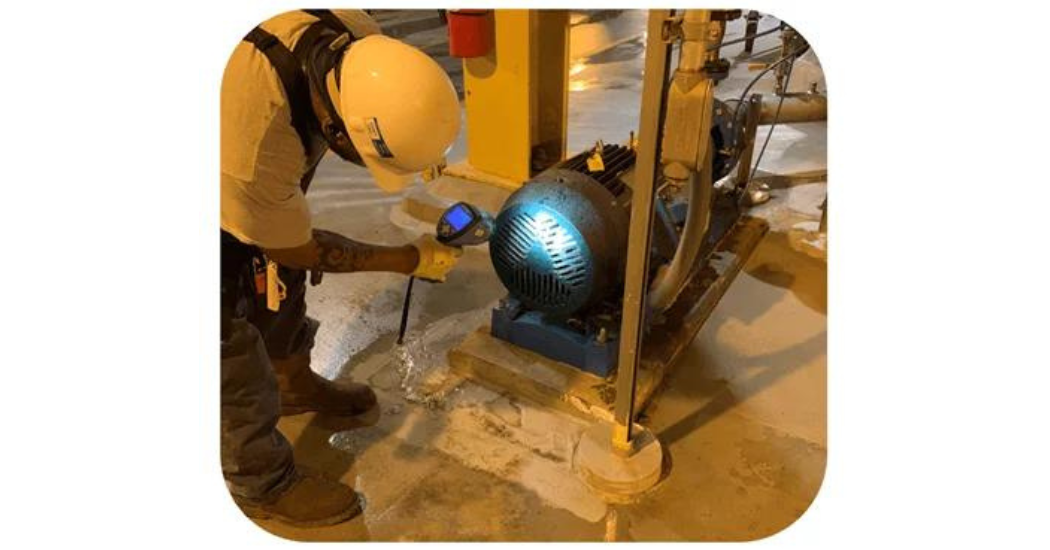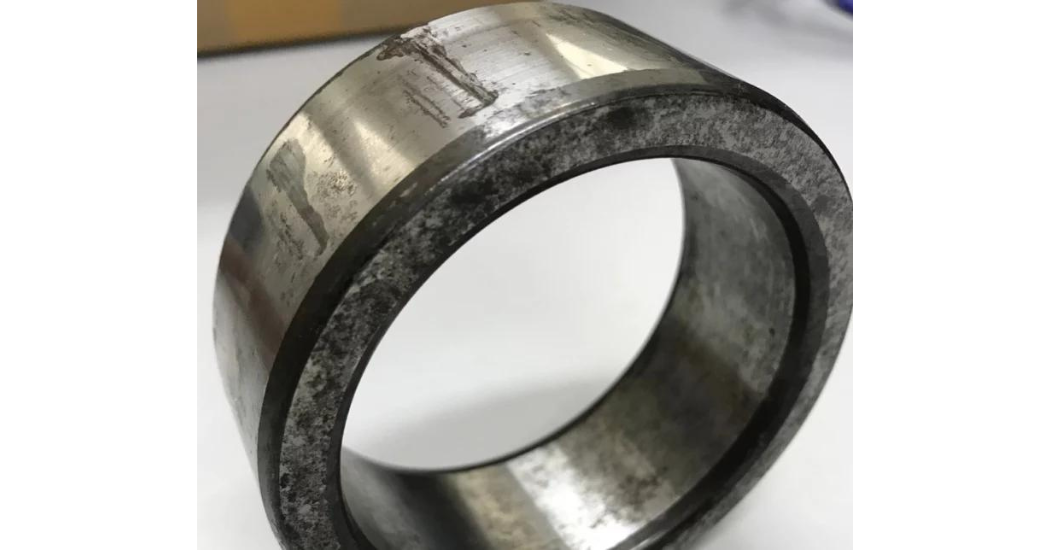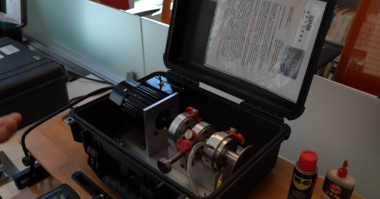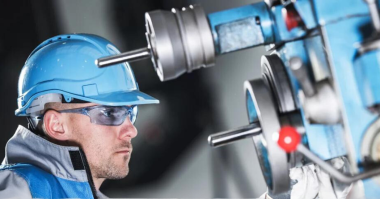RCFA or Preventive Maintenance. Christer Idhammar Founder, IDCON INC Reliability and Maintenance Management Guru, is often asked about which of these two processes should be focused on at a plant. He does not like the term Root Cause Failure Analysis. Christer rather use the term Root Cause Problem Elimination or RCPE for short.
Christer uses the term RCPE instead of RCFA because it is a waste of good initiatives and time to only find the root cause of a problem, but not fix it.
He likes to use the word problem; a more common terminology is Root Cause Failure Analysis (RCFA), instead of failure because the word failure often leads to a focus on equipment and maintenance.
The word problem includes all operational, quality, speed, high costs, and other losses. To eliminate problems is a joint responsibility between operations, maintenance, and engineering.
Preventive Maintenance and Planning and Scheduling might be two or three different reliability and maintenance processes but one can not be effective without the other, so here IDCON bundled these processes into one.
 RCFA cannot be effective without strong PM and Planning and Scheduling execution
RCFA cannot be effective without strong PM and Planning and Scheduling execution
What are the arguments in the RCFA or Preventive Maintenance discussion? The PM proponents often argue that it will solve most problems thus this activity always must come first. Christer is an advocate for both RCPE and Preventive Maintenance and Planning and Scheduling, so he sees himself as objective when answering this question.
Christer’s viewpoint is that one activity does not exclude the other, but if you do not do your Preventive Maintenance, Planning, and Scheduling well, the results of a majority of RCPE work will show the fact that the root cause of many problems is the lack of Preventive Maintenance and Planning and Scheduling.
You can always do investigations on select repetitive and costly problems, but if you want to become as good as you can be in this area, you need to free up time so that your frontline leadership, operators, and maintainers acquire the necessary skills and have time to solve problems as part of their daily work. Learn about the 7 Common RCFA investigation mistakes.
Christer believes that up to 30% of all maintenance hours should be devoted to root-cause problem elimination. This will be possible if the basic operations and maintenance processes including Preventive Maintenance, and Planning and Scheduling are executed very well. Then you’ll gradually be able to move more effort hours to investigations is the next step in very good manufacturing organizations.
Communicating this as a strategy will remove the threat of becoming more efficient and the perceived negative consequences this can have for a maintenance crew.
You will change from a doing organization to a thinking and doing organization.
In summary, RCFA or Preventive maintenance which one is first is definitely you need to start with improving Preventive Maintenance and Planning and Scheduling and gradually move more efforts into RCPE at the same time as you do RCPE on major problems.
What triggers a Root Cause investigation?
To decide which problems will be the subject of RCPE you need to set up some triggers to initiate this activity. In many maintenance organizations, the following triggers are often used:
- High risk for personal injury and/or environmental damage.
- Production loss in time, quality, or speed is equivalent to more than 3 hours of production loss in prime tons.
- Cost in excess of $25,000.
When any of these triggers occur, a problem owner is assigned and a first RCPE report is due within 96 hours.
Recently Christer had a follow-up meeting with three different paper mills that had followed this advice.
Two of the mills mentioned that to be able to solve any problems at all, they had to raise the trigger from a level of three hours of equivalent production loss in prime tons to the equivalent of eight hours of prime tons production loss.
It is important to be realistic and start on the right trigger level and then lower this level gradually as you become better at executing your Preventive Maintenance and Planning and Scheduling.
GET RCFA Training in the IDCON method, it’s simple, easy to implement, and is effective; without expensive software to manage it. Click here for plant maintenance consulting information.
More information is available in IDCON reliability and maintenance books.





Comments